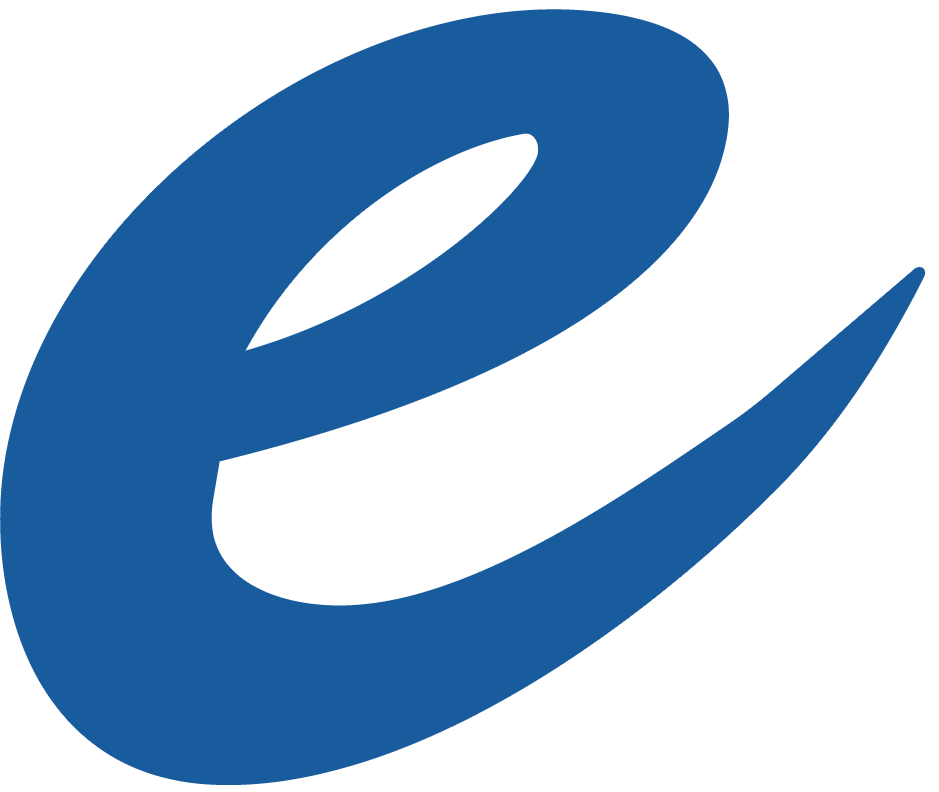2020 was quite the year. No matter your job or your location, you undoubtedly had to deviate from your expected schedule or plans in some manner. Many of us worked from home, most of us had to re-evaluate our forecasts, and some of us pivoted business priorities entirely. Such great and widespread change will have lasting impacts well beyond the first and second quarter of next year. In this week’s blog post, we’ll be looking at both new and continuing IT trends as the IT industry makes its way into the new year.
Cybersecurity
We’ll start off with the elephant in the room: cybersecurity. 2020 exposed various holes and weaknesses in institutions and structures the world over, and only a few were exposed more than various cybersecurity implementations. From one of the largest software vendors in Europe to one of Japan’s oldest and most beloved video game developers and publishers, ransomware attacks stuck fast and often. Phishing scams were up 667% from the outset of the COVID-19 outbreak. And one only has to look at the ongoing United States federal government data breach and the digital attack on Universal Health Services to see that even major world powers are not immune.
On the other hand, we all seem to be aware of our weaknesses. The market for cybersecurity-related services is expected to reach $230 billion next year, a $50 billion annual increase. This massive uptick in spending suggests that industry is responding to the feedback of recent events.
Healthcare
Healthcare is THE topic right now. It’s a force so strong that it is driving science, computing, culture, politics, economies, and elections. The IT industry is no exception. A quick look at the US government’s proposed spending for FY 2021 contracts is a telling sign. The Department of Health and Human Services is proposing $94.5 billion towards healthcare-related services, with much of the spending being on hospital IT and medical manufacturing. Clearly, both the need and the opportunity are there.
Cloud Computing
Next year, the cloud, as it did this year and the year before it, will continue its inevitable march through the tech industry. Market research center Gartner predicts that the cloud computing market will grow an additional $45 Billion next year. The market, they say, has been validated by the pandemic. Industries will continue to move a greater share of their product delivery to the cloud as workstations (and general work itself) become more collaborative, in no small part thanks to the expedited move to remote working. Look forward to a much more cloud-integrated year.
Data Science/AI
Another topic that likely made many end-of-the-year lists over the past decade is data science and AI. If you read any IT or tech news sources, you have likely noticed that not a day goes by without a new data science or AI advancement being announced. Simply look at the labor shortage. In 2020, there was an estimated shortage of 110,000 data or business analysts. This number will only increase next year. If you are an employer, you will likely need at least one data specialist, and If you’re looking to get into the hottest field of the 21st century, you can’t go wrong by studying statistics or data science!
Education
The final growing trend on our list is educational technology. Heated debates over whether online learning produces equivalent results to in-person learning will likely never end. However, there is no use in denying that distance education will continue to grow. Knowledge Sourcing Intelligence LLP has estimated that the online learning market will grow to nearly $320 billion. Keep in mind the forecast was made before the pandemic hit.
Online education has been highlighted by telecommunications apps like Zoom, but there’s much more to the future of digital learning. Cloud computing will better enable and inevitably drive massive open online courses (AKA MOOCs). The increased adoption of augmented reality is improving hands-on STEM education. And, most importantly, there will be a continued focus on personalized learning. 2021 will likely be a big year in education’s transformation by the fourth technological revolution.
| Project Type | Industry | Location |
|---|---|---|
| CISDM Support/Business Requirement Service/Quality Assurance | Small Business | Baltimore, MD |
















